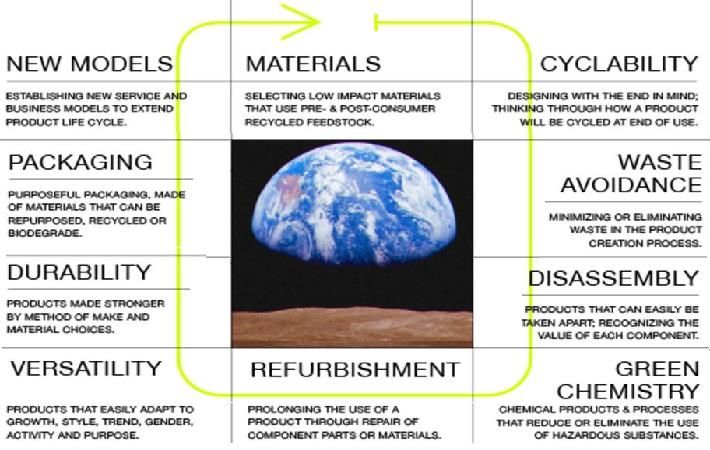
The guide follows on the notion that the future of design is one of opportunity. Belief in that conviction is crucial to Nike’s design ethos, in which creating the future of sport is a fundamental cornerstone, said Nike in a press release.
Over the years, Nike’s view to solving problems has broadened from one that considered just the intersection of athlete and product to one that views the entire athlete ecology holistically — which is where issues of sustainability become hugely important.
One example of sustainable design at Nike is new thinking of how to improve the material palette — proving that sustainability is not a constraint, but a catalyst for innovation. A platform like Flyleather is an example of creating a lower-impact and more-durable alternatives to old standards. The aim is to create products that promote circularity — products that last longer and are designed with the end in mind.
“We have an obligation to consider the complete design solution, inclusive of how we source it, make it, use it, return it and, ultimately, how we reimagine it,” said John Hoke, Nike’s chief design officer. “Inspired by Global Fashion Agenda, we have created Circularity: Guiding the Future of Design. The guide and its related workbook share principles that support a universal call to action for our industry. We must all come together and have a more positive impact on our planet.” (PC)
Fibre2Fashion News Desk – India